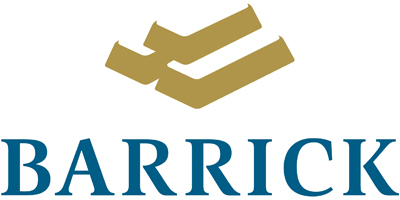Legacy Fund Tied to Mining Revenue Supports Shoshone Students in Nevada
(3BL Media / theCSRfeed) February 10, 2012 - In Nevada, financial aid for Native Americans seeking higher education is increasingly limited. Scarce federal funding that once supported most tribal programs, including education, is dwindling and many worthy students do not attend college simply because they cannot afford tuition.
In 2008, Barrick signed a Collaborative Agreement with leaders of four Western Shoshone communities in Nevada. The agreement established the Western Shoshone Educational Legacy Fund to support college-bound Shoshone students of all ages. After years of discussion with participants in regular Barrick-Shoshone dialogue meetings, it was clear to all that education was the primary area of need in most Shoshone communities. The Legacy Fund is managed by Barrick as a stand-alone endowment that receives a portion of revenue from the Cortez Hills Mine each quarter. As of October 2011, the fund stood at $1.7 million and is expected to reach $7 to $10 million over the next several years.
“The intent was to create a fund that would outlive our operations and support generations of Western Shoshone,” says Greg Lang, outgoing Regional President for North America. “I think we’re well on our way to meeting that goal.”
Nevada’s Shoshone communities are often in remote places, far from colleges or universities. While many residents of these small communities pursue online studies, the Legacy Fund requires that students earn at least half of their credit hours in a classroom setting.
“We thought it was important, as did many of the tribal leaders, to encourage students to get out of their comfort zone and have a true college experience,” Lang says. “College is more than just studying and taking tests or writing papers. Successful people need the social interaction that comes with going away to school.”
The Legacy Fund is now available to Shoshone members of six Native American communities in rural Nevada, including the South Fork and Wells Bands of the Te-Moak Tribe of Western Shoshone.
Nearly 80 Shoshone students applied for scholarships for the fall 2011 semester. Of those, 65 received awards of either $1,500 or $3,000, depending on their course of study. Scholarship payments for the fall semester totaled $159,000. Over the first three years of the program, statistics are beginning to show that the classroom requirement has had positive results.
“In 2008, less than half of the students in the program were pursuing bachelor’s or graduate degrees,” says Lou Schack, Director of Communications and Community Affairs for North America. “Today, more than 60 percent of our active students are in four-year or graduate programs. This tells me that, over time, more of these students are learning that they can succeed and that they enjoy going to school.” Especially gratifying, Schack says, is the growing number of college graduates who write to thank Barrick.
Lorraine Marshall, a member of the Shoshone-Paiute Tribes of Duck Valley in Owyhee, Nevada, who recently graduated with a Masters of Social Work from Boise State University, wrote:
I want to thank Barrick Gold of North America for the financial aid that helped me to complete my educational goal. (My degree) is crucial in my line of work in the Owyhee Community Health Facility. My goal is to give back to my community as Barrick has generously given to me.
BARR21033

